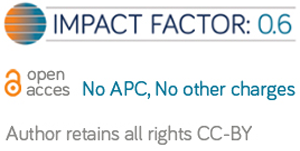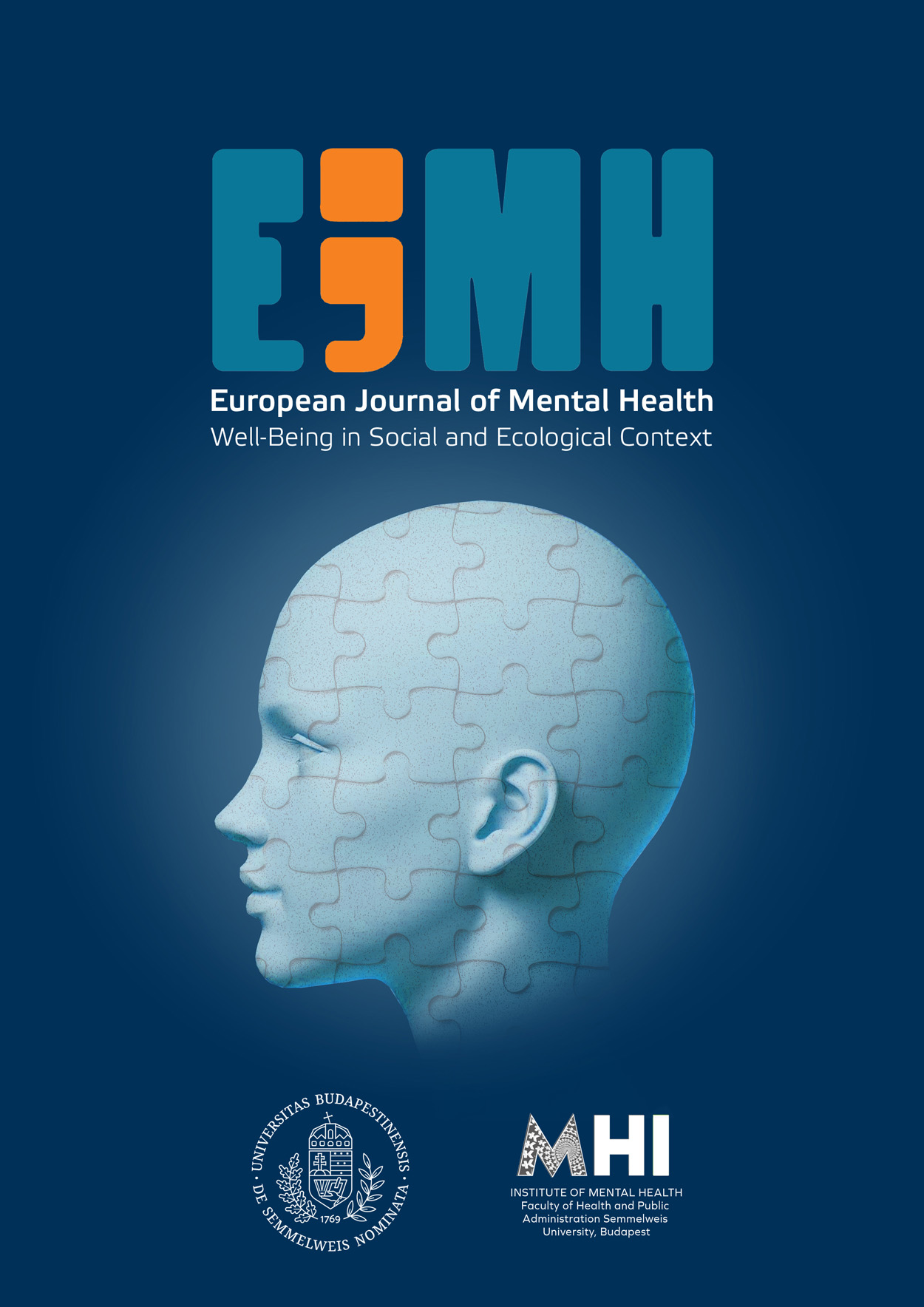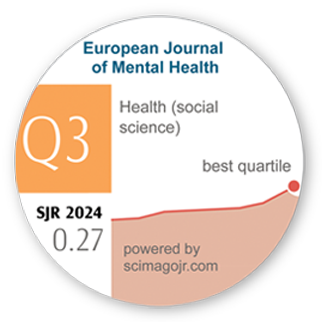„Rede-Spuren…“: Untersuchung der Bindung von spirituellen Leitern in verschiedenen religiösen Gemeinschaften
DOI:
https://doi.org/10.1556/EJMH.3.2008.2.1Keywords:
psychology of religion, interdisciplinarity, mentor–student relationship, attachment, attachment theory, Adult Attachment Interview (AAI), spiritual leader, coherence, Grice’s maxims, biography narrationAbstract
‘Linguistic Traces’: Studying the Attachment of Spiritual Leaders in Different Religious Communities: In the past decade various academic disciplines also showed an increase of interterest towards religious phenomena. The diversity of religious phenomena requires us to carry out the scientific study of religion using various tools. The current study provides a glimpse at the research examining religious relationships that in the literature of psychology of religion are described as ‘mentor–student’ relationships. Adult Attachment Interviews (AAI) conducted with spiritual leaders of various religious communities formed the basis for the study. Childhood attachment processes determine how attachment happens in adult relationships. The degree to which attachment experiences have been processed, as well as the reflective and affective-cognitive flexibility of the individual can be assessed based on their linguistic manifestations. The conviction of the followers of attachment theory, according to which earlier attachment experiences influence the relationships of adult individuals, prompted researchers in the nineties to examine the attachment representation of adults. They recognised that the attachment style of adults may be determined through an analysis of the linguistic expression of attachment experiences. In order to examine and operationalise the linguistic structure of attachment-relevant statements, they developed the Adult Attachment Interview (AAI), an important evaluation consideration of which is linguistic coherence that is also relevant to our study. In accordance with the goal, during analysis of the verbatim transcription level it is not the contents of the story recalled that is of primary interest, but the so-called coherence, which reflects the relational experience. In analysing interviews, relevant communication rules, so-called conversation maxims – determined by the British philosopher of language Paul Grice – were used. Although during recording and processing interviews only one side of the mentor–student relationship (mentor) was examined, and therefore a comprehensive view of attachment could not be obtained, as a minimum it can be determined that with the help of the two methods (AAI and Grice’s maxims) used by the authors, mentor–student relationships and more precisely specific information related to the mentor and attachment of the mentor could be more directly accessed. Furthermore, based on the type of attachment, conclusions can be drawn about the nature of the mentor–student relationship and the method of follow-up.






